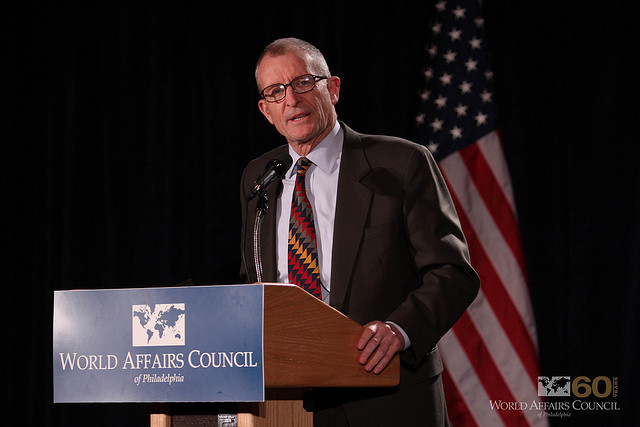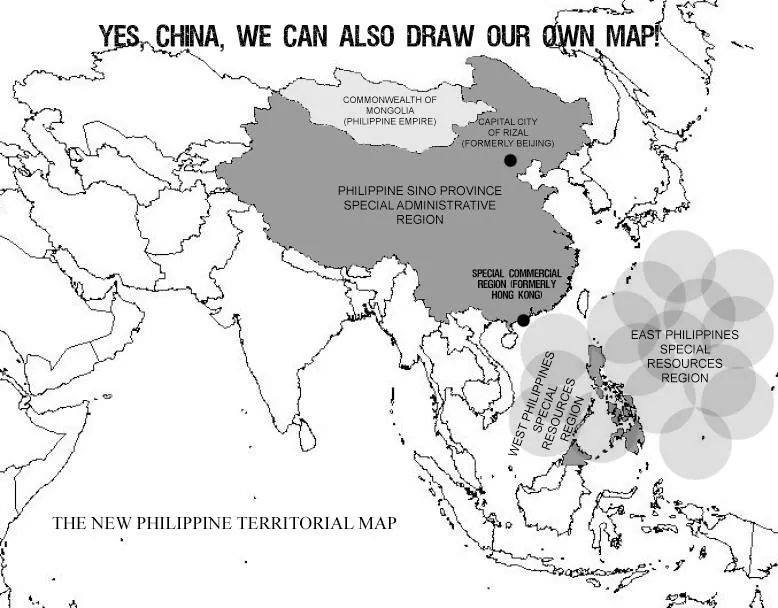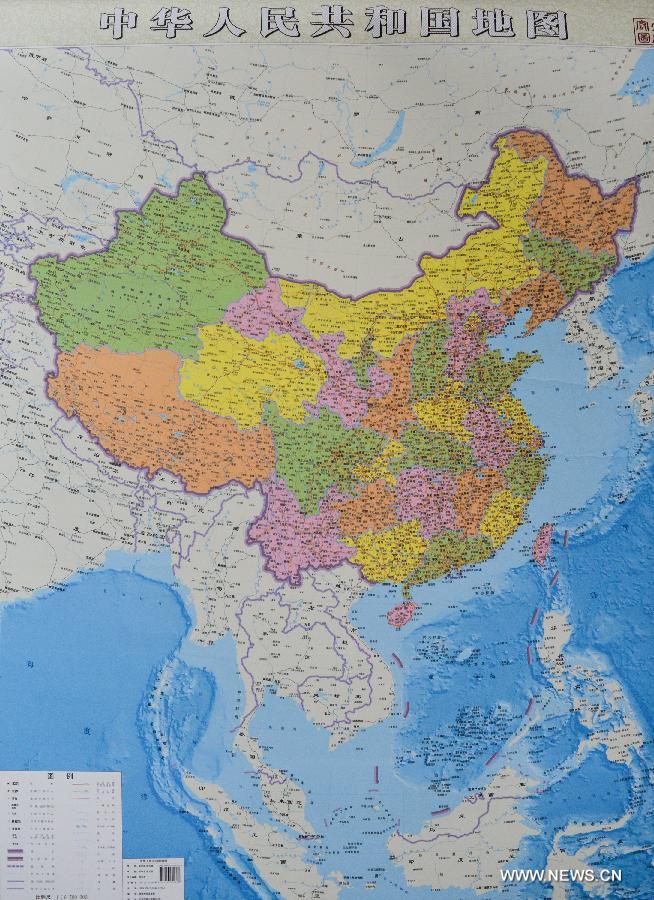In a column published February 15 (“Like probing a murder without a corpse,” Manila Times, February 15), I commented that the blue ribbon committee hearing called by its chair Sen. Teofisto Guingona was like a police investigation of a murder without a corpse.
Now that the sensational multi-billion pork barrel scam has landed in the nation’s anti-graft court, the Sandiganbayan, we have found out to our shock that government prosecutors still cannot establish “a body of crime” in order to charge Senators Jinggoy Estrada, Bong Revilla and Juan Ponce Enrile with plunder.
I wrote in February: “After nine hearings, six months and 16 days, Guingona still cannot say that specific crimes have been committed, how much money has been stolen, and who are the culprits that must be held to account and charged.”
The committee was going nowhere because Guingona “totally refused to subpoena Budget Secretary Florencio Abad and other DBM officials to shed light on how PDAF funds were disbursed and to whom, or how much money had been stolen. Not a single question has been thrown to the DBM by the blue Ribbon Committee.”
I also expressed my opinion that the Senate had no business conducting a criminal investigation. Since Sen. Joe McCarthy and the communist witchhunts, Senates worthy of the name limited their hearings to probes in aid of legislation. Investigations into crimes committed by government officials are to be to left, in our case, to the mercies of the Department of Justice and its agencies, and the constitutionally created Ombudsman.
For its overt partiality and grandstanding, the humpty dumpty committee was rechristened by the media and the public as “the yellow ribbon committee,” and it has since gone into hiding.
A no-nonsense, get-the crooks inquiry
You would think that the restoration of responsibility to the Justice department and the Ombudsman would establish order in our political universe and turn the pork barrel investigation into a non-nonsense, get-the-crooks inquiry.
We all presumed that we would finally get to the meat of Secretary Leila de Lima’s claimed “truckloads of evidence” and “slam-dunk evidence.”
When De Lima finally filed the charges against various officials with the Ombudsman, we all believed that the charges would hold water, and that the Ombudsman would promptly and eventually submit the indictments to the Sandiganbayan for trial.
We prayed that the investigative process had spared no one and would prosecute all those who took part in whatever conspiracy to plunder the pork barrel allocations of senators and representatives.
The realist in me did not expect all of these reasonable expectations to be fulfilled. I gave allowance for some lapses of judgment and probity in the process.
So when the Ombudsman finally sent the complaints to the Sandiganbayan, and the graft court promptly issued warrants of arrest for the high-profile senators, I thought that the tide was really moving on the side of ethical and good government.
And when Senators Bong Revilla and Jinggoy Estrada willingly surrendered and spent a day or two at the Camp Crame custodial Center, I joined the public in believing that their arrest and surrender must mean the government has a strong case against them.
The script goes out of whack
But then came Thursday, and the whole scenario went completely out of whack.
It turned out that after submitting the cases to the graft court, the Ombudsman was not ready to go to trial. At the last minute, she, through the special prosecutor, sought to amend the charge sheet already filed with the court.
The decision on this highly unusual maneuver was swift and crushing.
The Sandiganbayan junked the Ombudsman’s revision of the complaint. One Sandiganbayan justice said Thursday that prosecutors have yet to establish “the body of crime” in their plunder complaint, as the First Division of the anti-graft court denied a bid by the Ombudsman to amend the charge sheet to show that Senator Ramon Revilla Jr., and not Janet Lim Napoles, was the mastermind behind the pork barrel scam.
The complaint was rushed
The comment of one justice, who requested anonymity, could not be more dismissive. He said:
“Minadali (it was rushed). The 9,560-page complaint was hastily done. It is filled with inconsistencies, defects and loopholes. The amendment even made it worse.”
The justice gave his comments to the Manila Standard. In what follows, I quote freely from the fine reporting of Christine F. Herrera, Joyce Pangco Pañares and Rio N. Araja.
The justice continued: “The amendment made it worse because to establish conspiracy, the prosecution has to have evidence to prove that Revilla was in cahoots with Napoles from the start, such as in setting up the bogus NGOs and carrying out the scam. But based on the evidence submitted that was made the basis of the three separate 10,000-page complaints, conspiracy was not established with Revilla’s camp even claiming that the senator’s signature was forged in pertinent documents.”
Not surprisingly, Senator Revilla refused to enter a plea at his arraignment on Thursday. His defense pounced on the denied amendment, declaring that they would use it against the prosecution as proof that the plunder case against Revilla was “defective and void from the start.”
The special prosecutor tried his utmost to explain away the questions raised by the amended case information. He told the court: “We amended the case information to emphasize that the senator was the one who amassed, accumulated and acquired ill-gotten wealth in connivance or in conspiracy with his co-accused public officer and private individuals.”
“The prosecutors deemed it wise to amend them to minimize, if not obviate, objections therein by certain accused which may cause undue delay in the proceedings,” he added.
The amended complaint sought to emphasize that Napoles and her cohorts were private individuals who collaborated with the senators in amassing ill-gotten wealth.
Under Philippine law, only government officials can be charged with plunder. The prosecutor also tried to delete the phrase that said “enabling Napoles to misappropriate the Priority Development Assistance Funds (PDAF) proceeds for her personal gain.” Revilla’s lawyer, Joel Bodegon, said the move was aimed at taking the heat off Napoles and making the senator the mastermind of the scam.
Bodegon explained: “It was done to justify that Napoles was not the most guilty so she can be made a state witness,” Bodegon added. At his arraignment, Revilla refused to enter a plea, so the court entered a “not guilty” plea for him.
“The prosecution’s move is a judicial admission that they have no case against Revilla,” Bodegon said.
An amateurish featherweight
In indicting Revilla, Ombudsman Conchita Carpio-Morales charged that the senator collected some P224.512 million in kickbacks from 2006 to 2010 from the alleged illegal disbursement of his PDAF allocations.
The Sandiganbayan justice who spoke to the Standard described Morales as an “amateurish featherweight” who allowed the defective complaint to reach the anti-graft court.
The justice said he could not understand why Morales, a retired Supreme Court associate justice, allowed loopholes in the complaint, making it vulnerable to attack from the defense. The Justice explained that the affidavit of Napoles employee-turned whistleblower Benhur Luy was made the basis of all three complaints against the senators.
“In Benhur Luy’s affidavit, he said John Raymond de Asis, Napoles’ driver, ‘helped’ in the preparation of the money. But in the complaint, the prosecution stated that De Asis ‘delivered’ the money.
“That’s a serious overlook (sic), if indeed it was overlooked,” the justice said. The justice added that there was no paper or money trail leading to Enrile.
In the case of Estrada, Tuason claimed to have delivered the money to the senator but said she did not know how much money was delivered, the justice said. Asked why the Sandiganbayan found probable cause to issue arrest warrants against the senators, the justice said: “Finding probable cause is far different from finding the accused guilty and sentencing them.”
“With all the hype about truckloads of evidence, the prosecution has yet to establish the body of crime,” the justice concluded. “The justices will rule based only on evidence at hand, and presented.”
The Palace remains confident
In the face of this clear blow to the plunder cases, Palace propagandists tried to keep a straight and brave face.
Communications Secretary Herminio Coloma told the media that the President is confident that the plunder cases against the three opposition senators are strong, despite the Ombudsman’s failure to have the charge sheet amended.
“We believe the concerned agency of the government has already done what it should do. The DoJ has done its homework. They have spent enough time to examine the merit(sic) of the case that they have filed,” Coloma said.
He continued: “We are confident that sufficient work has been done to build a credible and convincing case. The Ombudsman’s special prosecutor was acting “well within the rules of court” in seeking to amend the charge sheet.”
Despite its failure with the Revilla case, the Ombudsman’s prosecutors sought to file similar amendments in the plunder cases against Estrada and Enrile.
The prosecutors are also seeking to alter portions of the original information sheet against Estrada to highlight his role in directing the pork barrel scam.
“By exerting undue pressure on the implementing agencies to favorable (sic) act on his endorsements of the NGO’s of Napoles to ensure that his PDAF be in the possession and control of Napoles and her cohorts which undue pressure and endorsements were made in exchange for kickbacks, percentage or commissions, thereby unjustly enriching himself at the expense and to the damage and prejudice, of the Filipino people and the Republic of the Philippines,” the amended information said.
Estrada’s arraignment is set on Monday, June 30.
From truckloads to 10,000-page complaints
It’s to be expected and logical that, under the Aquino administration, the truckloads of evidence would become 10,000-page complaints. That’s apparently how the justice machinery of this government works. The hyperbolic volume and count must be sustained.
But this only makes the government look puny and incompetent. The Ombudsman, despite her haughty air, could be facing some humbling days in the trials ahead.
The demand of President Aquino that only strong and air-tight cases should be filed against the accused sounds like a mission impossible for the government’s prosecution team.
Trying Revilla, Estrada and Enrile in the court of the media and public opinion was relatively easy. Trying them at the Sandiganbayan is a totally different game.
yenmakabenta@yahoo.com







